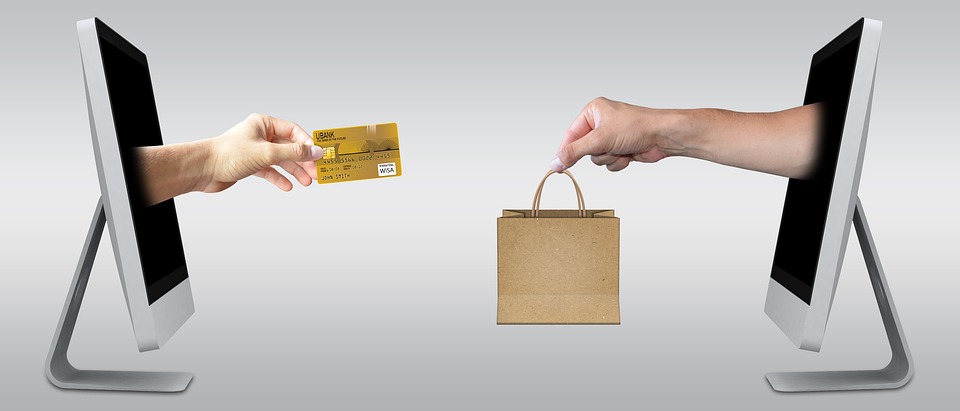From Data to Dollars: Harnessing the Potential of Advanced Business Forecasting Models
Introduction
Business forecasting has always been an integral part of decision-making processes across industries. However, traditional forecasting models have often fallen short when it comes to accuracy and adaptability. As technology advances, businesses are increasingly turning to advanced forecasting models to harness the potential of big data and unlock new opportunities. But can these models truly translate data into dollars? In this article, we will explore the benefits and limitations of advanced business forecasting models and their implications for the bottom line.
The Rise of Advanced Business Forecasting Models
In today’s data-driven world, businesses are accumulating vast amounts of information about consumers, markets, and operations. The challenge lies in making sense of this data and transforming it into actionable insights. Advanced business forecasting models, powered by artificial intelligence and machine learning algorithms, offer a way to analyze complex data sets and make accurate predictions.
These models go beyond traditional time-series forecasting by incorporating multiple variables and factors that could impact business performance. They can analyze customer behavior, market trends, economic indicators, and even unstructured data like social media sentiment to generate forecasts with a higher degree of accuracy.
The Benefits of Advanced Business Forecasting Models
One of the key benefits of advanced business forecasting models is their ability to identify patterns and trends that may go unnoticed by human analysts. By analyzing large datasets, these models can uncover hidden relationships and correlations that can drive business strategies.
Another advantage is their adaptability to changing conditions. Traditional forecasting models often assume a stable environment, which can lead to inaccurate predictions when faced with disruptions or unforeseen events. Advanced models can adjust and learn from new data, enabling businesses to stay ahead of the curve and make informed decisions even in uncertain times.
Furthermore, advanced business forecasting models can streamline operations and optimize resource allocation. By accurately predicting future demand, businesses can minimize inventory costs, manage staffing levels efficiently, and optimize supply chain logistics. This can result in significant cost savings and improved overall performance.
The Limitations and Challenges
While advanced business forecasting models offer numerous advantages, they are not without limitations. Firstly, the accuracy of these models heavily depends on the quality and integrity of the data input. If the data is incomplete, biased, or outdated, the forecasts generated may be unreliable.
Secondly, these models can be complex and require expertise in data analysis and programming. Implementing and maintaining advanced forecasting systems may be costly and time-consuming, especially for smaller businesses with limited resources. Therefore, it is essential to consider the cost-benefit analysis before making the investment.
Conclusion
Advanced business forecasting models have the potential to revolutionize decision-making processes and drive business growth. They offer a way to harness the power of big data and uncover valuable insights that can translate into tangible bottom-line results. However, businesses must be mindful of the limitations and challenges associated with these models. A thorough understanding of the data inputs, expertise in data analysis, and careful consideration of cost implications are crucial for successful implementation. By carefully evaluating these factors, businesses can leverage advanced forecasting models to navigate uncertainties, optimize operations, and ultimately convert data into dollars.





